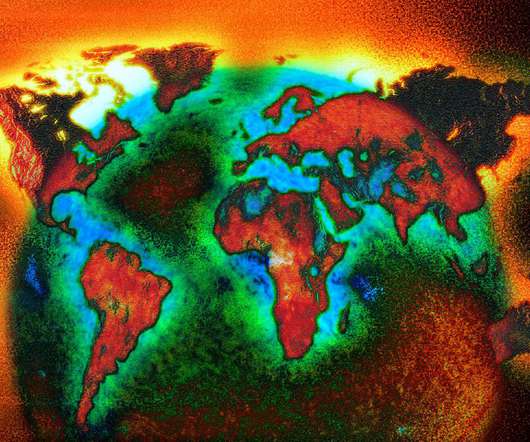Study finds that unregulated VSLS efficient at influencing climate through depletion of stratospheric ozone
Green Car Congress
FEBRUARY 17, 2015
Although halogens released from long-lived anthropogenic substances, such as chlorofluorocarbons (CFCs), are the principal cause of the recent depletion of stratospheric ozone, recent observations show that very short-lived substances (VSLS), with lifetimes generally under six months, are also an important source of stratospheric halogens.




























Let's personalize your content